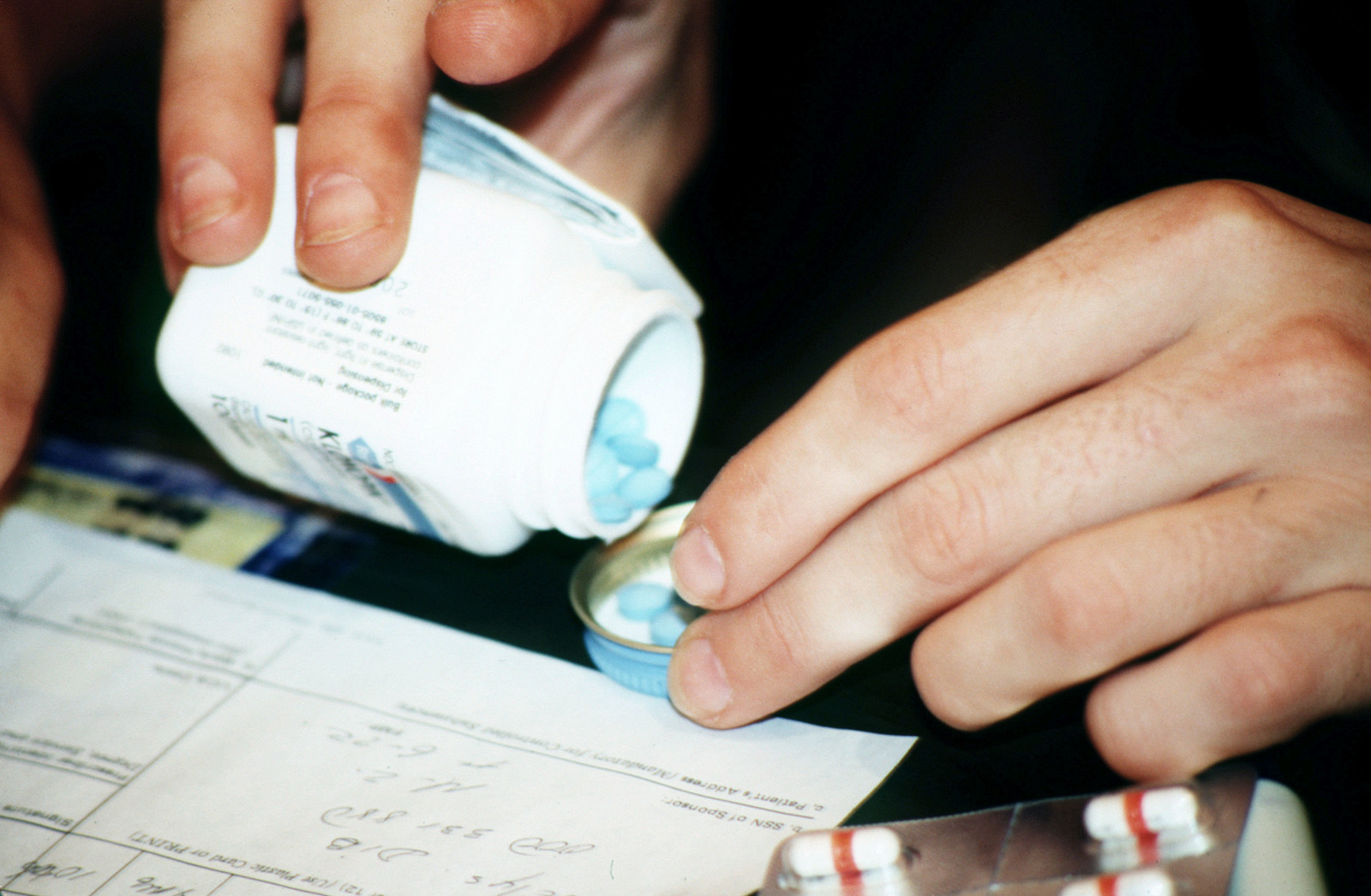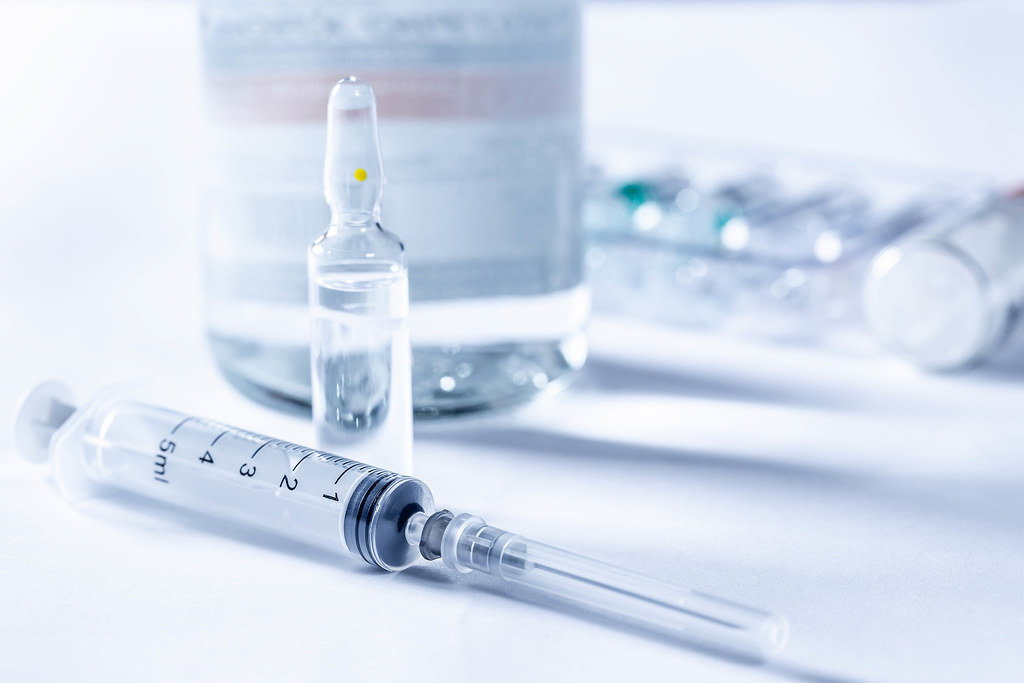Choosing the Suitable Mode of Administration to Give a Medication
Contents
– Liquid form: the easiest
– Solid form: not recommended for children
– Effervescent tablets: be careful with bicarbonate
– Injections and suppositories: administer with care
Depending on your habits or needs, one method of administration may be more appropriate than another. For the elderly or children, it is essential to take this point into account when giving medication.
Liquid medication: the easiest way
Liquid medications are suitable for everyone.
Most of them are sold with dosing syringes or measuring spoons. It is important to use them only with the product they are supplied with; they are not interchangeable.
To facilitate the administration of the medication:
– It may be useful to mix it with milk, compote, fruit juice, etc.
However, these must be small amounts to ingest the entire dose of medication.
For example, if you dilute the medicine in a whole bottle of milk, it is unlikely that your child will drink it all, and it will be impossible to assess the amount of product absorbed.
It would help if you observe these hygiene precautions:
– Note the date of opening.
– Clean the neck of the bottle to prevent the sugar from sticking.
– At the end of the treatment, any opened bottle must be thrown away to avoid reusing it contaminated, whether it contains preservatives or not.
– Do not hesitate to ask your local drugstore for more information as may be required.
Good to know: you can keep the product in the refrigerator and take it out 30 minutes before use, but it is essential to understand that depending on the stability of the active ingredient, it may not be recommended to refrigerate the preparation.
Solid form: not recommended for children

They are not recommended for children under 6 years old because of the risk of misdirection.
To facilitate the administration, you can:
– Cut the tablets into several pieces (half or quarter of a tablet), but it should be noted that not all medicines are divisible and that this makes the dosage more uncertain. Losses or excesses can be up to 80%, which is detrimental when the treatment is calculated to the nearest mg.
– Open the capsules and mix them with food or drink, but in some cases, the coating makes it easier for the medication to pass through the stomach, and this technique would make it ineffective.
Children learn to swallow capsules around age 7 or 8. To teach them, you can:
– Have them swallow small pieces of soft food without chewing;
– offer them little by little harder pieces of food that will quickly dissolve if they get stuck in the throat (chocolate, pieces of ice cream…).
Effervescent tablets: be careful with bicarbonate
It is essential to wait until the end of the effervescence to reduce the absorption of bicarbonate.
This type of medication should not be given to children prone to vomiting or renal insufficiency, as sodium and potassium are significant contraindications.
Injections and suppositories: to be administered with caution

Injections and suppositories should be used sparingly:
– Vaccines can not be administered other than by injection, but in all other cases, prefer other modes of administration.
– Suppositories should be used as rarely as possible, taking into account the child’s age. It is essential to know that they act more slowly than other administration methods and almost systematically cause rejection in the child. It should only be used as a last resort and in cases of chronic vomiting.
How did you find this post? You can read more here:


